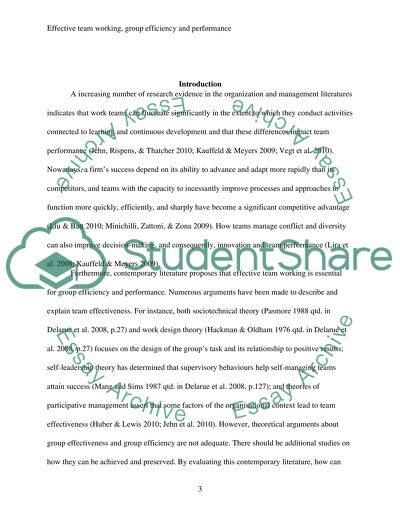Cite this document
(“Contemporary literature suggests that effective team working is Essay”, n.d.)
Retrieved from https://studentshare.org/environmental-studies/1414877-contemporary-literature-suggests-that-effective
Retrieved from https://studentshare.org/environmental-studies/1414877-contemporary-literature-suggests-that-effective
(Contemporary Literature Suggests That Effective Team Working Is Essay)
https://studentshare.org/environmental-studies/1414877-contemporary-literature-suggests-that-effective.
https://studentshare.org/environmental-studies/1414877-contemporary-literature-suggests-that-effective.
“Contemporary Literature Suggests That Effective Team Working Is Essay”, n.d. https://studentshare.org/environmental-studies/1414877-contemporary-literature-suggests-that-effective.


